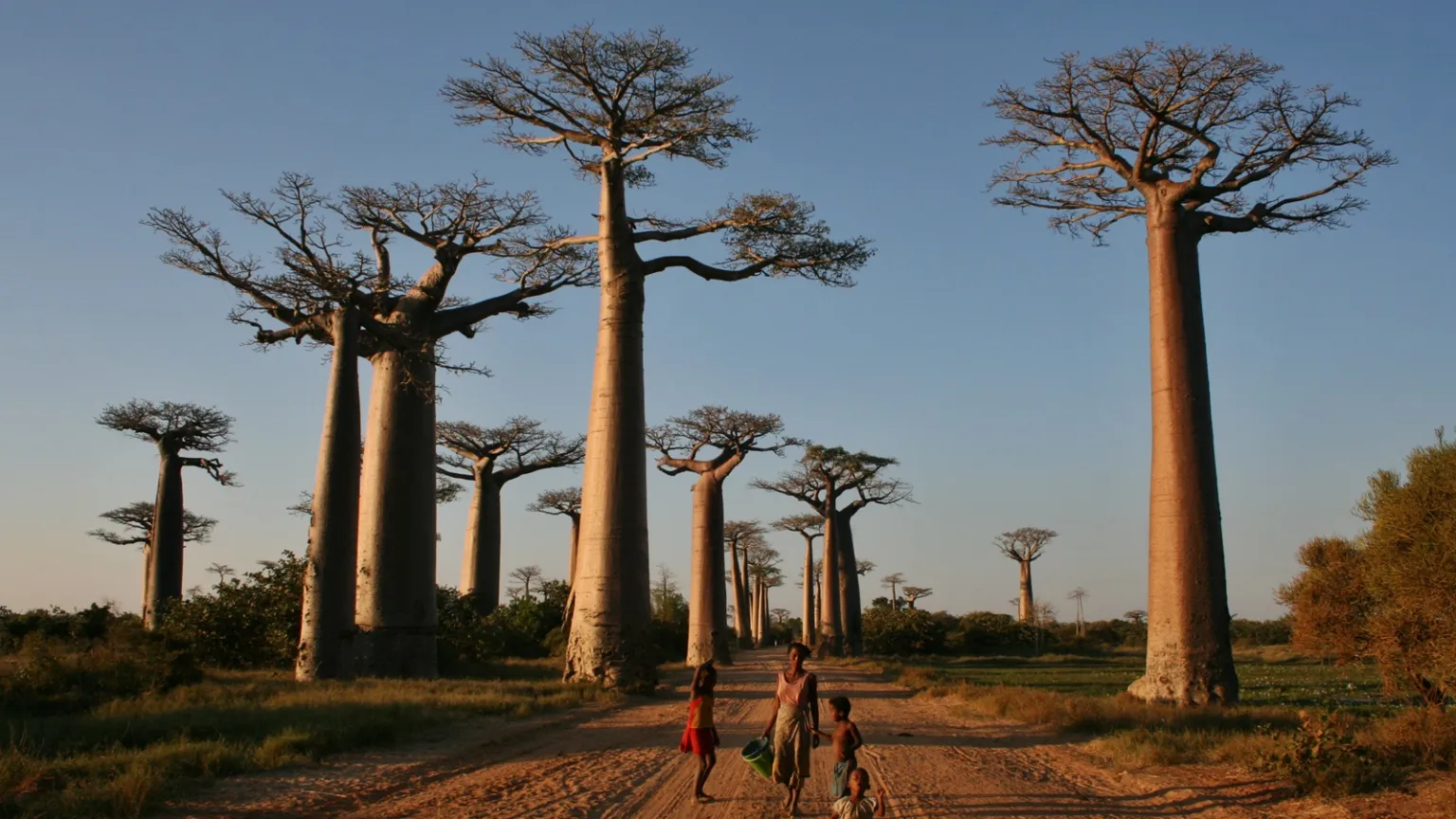





Disclaimer: Copyright infringement is not intended.
Context:
|
Baobab Trees |
●The trees have trunks with large circumferences and thin, spindly branches. ●Their height extends up to 50 meters. ●They have exceptionally long lifespans going up to 2,000 years. Scientific name: Adansonia Family: Malvaceae Uses: Fruits and seeds are edible, the seed oil is used for cooking, and the bark fiber for clothing. Distribution: They are native to Madagascar, mainland Africa, and Australia. The trees have also been introduced to other regions such as Asia. Ecological significance: It is a keystone species. It provides“essential resources, such as food or shelter, for a guild of animals in return for which the guild of animals provides an essential service, or mobile links, such as pollination or diaspore dispersal. India: It is found in a few areas including one near the Golconda Fort in Andhra Pradesh that is believed to be more than 400 years old. IUCN Red List of Threatened Species: ●Three Madagascar species of baobab trees are threatened with extinction. ●The remaining three are listed under the Least Concern category. |
Source:
|
PRACTICE QUESTION Q. Consider the following statements about “Baobab Trees”
Which of the above statements is/are correct? A. only one B. only two C. only three D All four Answer: A |







© 2025 iasgyan. All right reserved